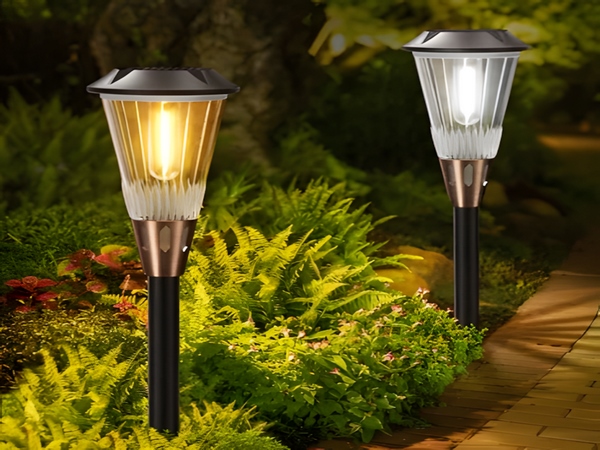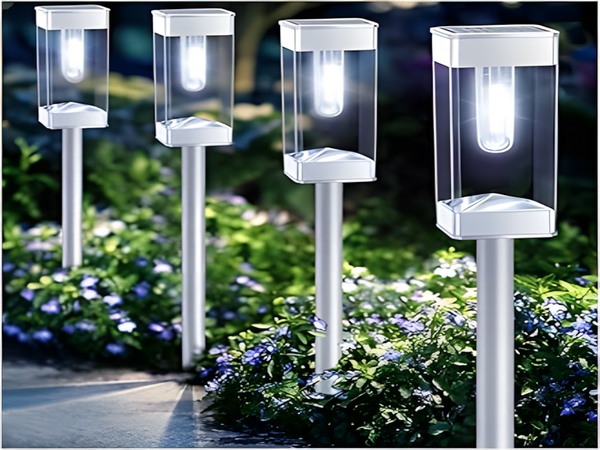

Solar LED landscape lights are one of the solar LED street lighting products. The advantages of solar LED street lights are significant. Solar landscape lights operate by using solar energy to generate electricity, storing power in batteries, and a controller managing the charging and discharging of the batteries. The controller is divided into light control and time control.
During the day, when the sun’s thermal energy shines on the surface of the solar panels, the solar cells convert solar energy into electrical energy to charge the batteries through the controller. At night, when sunlight disappears, the working voltage and current of the solar cells continuously decrease. When the working voltage drops below the voltage set by the controller, the controller starts to activate the load, at which point the landscape light illuminates. When the set time is reached or the ambient light becomes too strong, the controller will automatically turn off the load. When there is thermal energy in the solar cells, charging begins, and this daily operation of solar landscape lights continuously repeats.
However, when using street lights, we may encounter rain, snow, or thunderstorms. During these times, solar landscape lights can still operate normally, as the batteries have the ability to store electrical energy. If the solar panels can convert more electrical energy but the batteries cannot store it, then it results in wasted energy. Therefore, solar batteries need sufficient storage capacity, which is primarily related to the solar panels; generally, the higher the storage capacity, the better.
The prerequisites for these solar LED street lights are that the LED efficiency must be high, and the quality of the solar LED street lights should meet acceptable standards. In recent years, improvements in light guiding tubes, remote phosphors, and liquid cooling technology indicate that the pace of manufacturing LED lights has advanced. In today’s era, the focus is on intelligence, convenience, and savings. The future will create more competitive lighting products, and this market competition will continue unabated.




